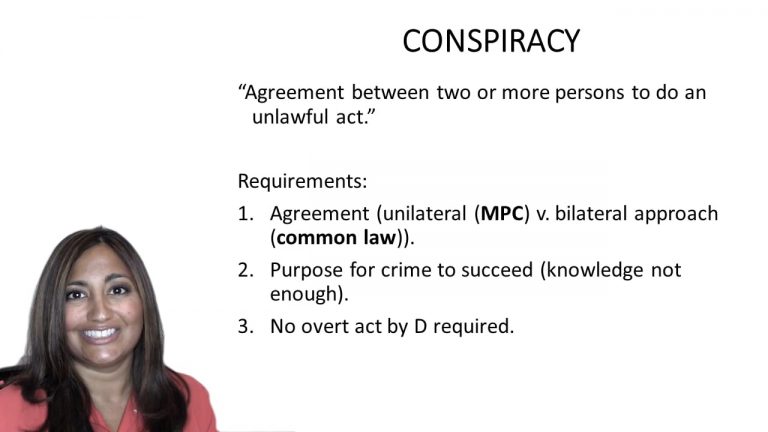SmartBrief
Confirm favorite deletion?
Criminal Law Keyed to Ohlin
United States v. Abu Ghayth
Citation:
17 F. Supp. 3d 289 (2014)Facts
The defendant was a spokesman for Usama bin Laden and al Qaeda in the wake of the September 11, 2001 attacks on the World Trade Center and the Pentagon.
The defendant became involved with al Qaeda in the summer of 2001, after the 1998 Embassy bombings and the 2000 attack on the U.S.S. COLE, but before September 11, 2001. At trial, the defendant admitted that he met with bin Laden six or seven times during the summer of 2001, and knew that he was believed to be responsible for the Embassy bombings and the attack on the U.S.S. Cole. He admitted that he agreed to help him as a religious scholar and orator. He gave speeches to groups of men at al Qaeda training camps.
After the World Trade Center and Pentagon attacks occurred four days later, the defendant went to bin Laden’s hideout and the defendant made a video in which he justified and praised the September 11 attacks. Following that video, the defendant appeared as a spokesperson in three more videos that contained language threatening the United States with a “storm of airplanes” and that “the storms shall not stop.”
In 2013, he was arrested and indicted for conspiring to kill U.S. nationals based on what he said in the videos. A jury found him guilty.
Only StudyBuddy Pro offers the complete Case Brief Anatomy*
Access the most important case brief elements for optimal case understanding.
*Case Brief Anatomy includes: Brief Prologue, Complete Case Brief, Brief Epilogue
- The Brief Prologue provides necessary case brief introductory information and includes:
Topic:
Identifies the topic of law and where this case fits within your course outline.Parties:
Identifies the cast of characters involved in the case.Procedural Posture & History:
Shares the case history with how lower courts have ruled on the matter.Case Key Terms, Acts, Doctrines, etc.:
A case specific Legal Term Dictionary.Case Doctrines, Acts, Statutes, Amendments and Treatises:
Identifies and Defines Legal Authority used in this case.
- The Case Brief is the complete case summarized and authored in the traditional Law School I.R.A.C. format. The Pro case brief includes:
Brief Facts:
A Synopsis of the Facts of the case.Rule of Law:
Identifies the Legal Principle the Court used in deciding the case.Facts:
What are the factual circumstances that gave rise to the civil or criminal case? What is the relationship of the Parties that are involved in the case.Issue(s):
Lists the Questions of Law that are raised by the Facts of the case.Holding:
Shares the Court's answer to the legal questions raised in the issue.Concurring / Dissenting Opinions:
Includes valuable concurring or dissenting opinions and their key points.Reasoning and Analysis:
Identifies the chain of argument(s) which led the judges to rule as they did.
- The Brief Prologue closes the case brief with important forward-looking discussion and includes:
Policy:
Identifies the Policy if any that has been established by the case.Court Direction:
Shares where the Court went from here for this case.
Topic Resources
Topic Refresher Course

 10m 19s
10m 19s